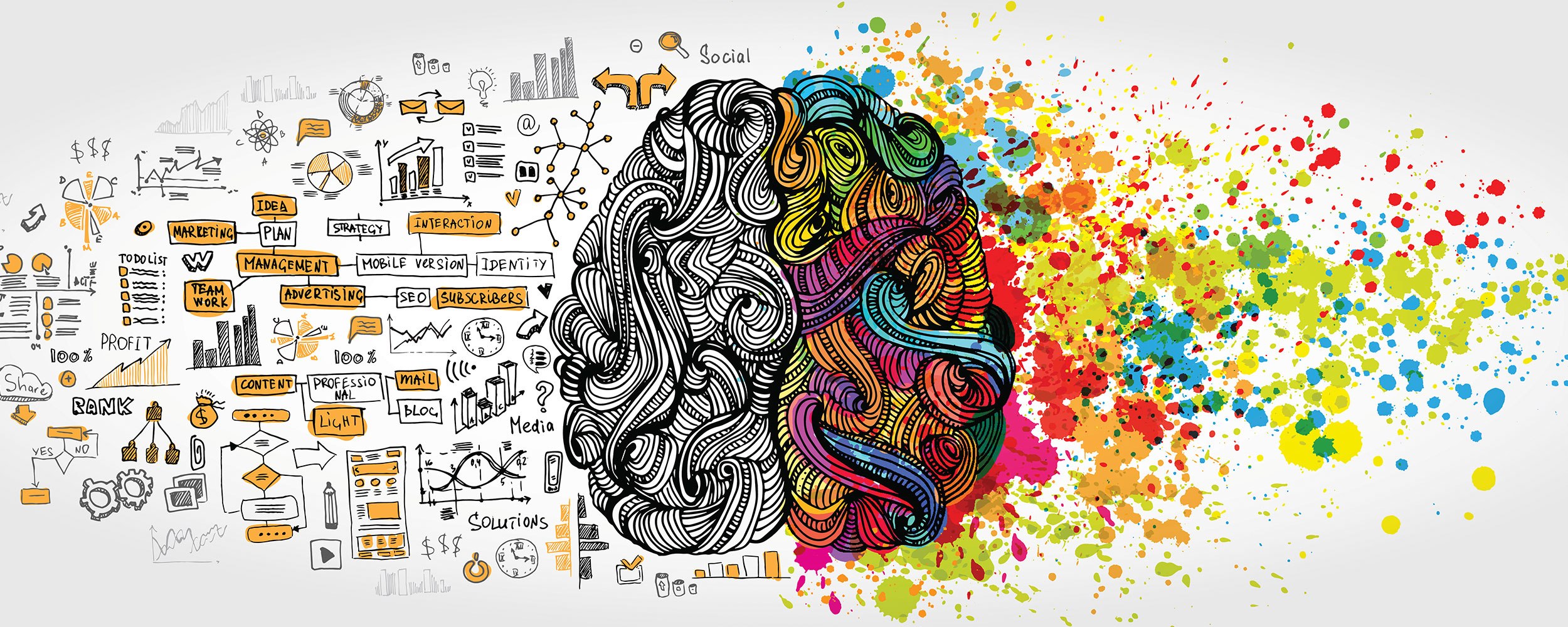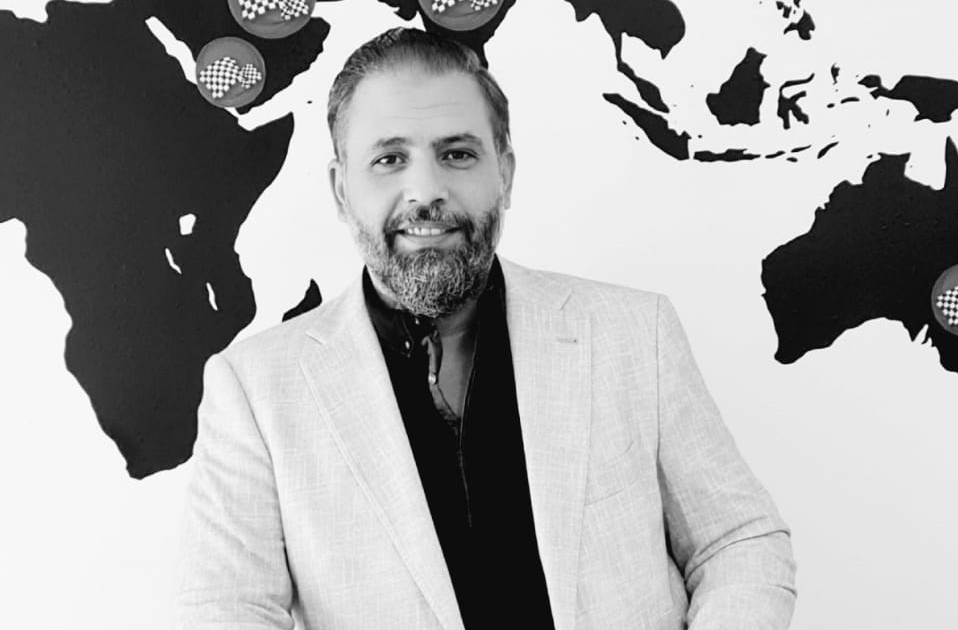An interview with Dr. Ramzi AlArabi, the Creative & Communications Director of Monaco Media: What is a creative director, and what’s the relation between communication and creative?
Generally, the basic role of a creative director is to determine the creative vision for a brand or project and see that vision through to completion. This could involve elements such as photography, video, graphic design, and messaging. Ultimately, the creative director is responsible for maintaining a cohesive look and feel for a project or a brand.
While the role involves creativity, it also includes elements of relationship management and communication skills. Creative directors must manage budgets, timelines, expectations, and deliverables, coordinating the multiple aspects of a project from beginning to end. Typically, creative directors aren’t the ones doing the nitty gritty creative work; they’re the ones directing others to produce that work.
As a creative director, you’ll also manage client relationships, so it’s critical to know how to effectively collaborate and communicate. This includes overseeing timelines, collecting and implementing feedback, and managing expectations.

What skills to obtain to be a Creative Director?
To learn how to become a creative director, you’ll need to curate a specific, well-honed skill set. Required skills include: An eye for art, strategic leadership skills, decision-making skills and communication skills.
You mentioned some skills to help being a good creative director. Can you tell us more about those skills?
Well, it’s important to have creativity and an eye for art, so you can direct others in creating your vision. It can also be helpful to have a knowledge of design trends, art history, pop culture, and technology, so you can bring current elements into your projects and ideas. Creative directors must be able to lead and inspire their team to produce great work—so it’s important that they understand how to manage and motivate effectively. As a creative director, you’ll also manage client relationships, so it’s critical to know how to effectively collaborate and communicate. This includes overseeing timelines, collecting and implementing feedback, and managing expectations. As the final say on creative projects, you will need to have strong decision-making skills. You will need to determine when projects need more work, what needs to be changed, and when the product can be considered final or go to the client for approval. Because there are creative directors in so many different fields, there’s no one degree to pursue on the path to becoming a creative director. You could major in nearly anything—journalism, marketing, graphic design, computer science, etc.—and work your way up to this senior role
How many years does it take to become a Creative Director?
It typically takes several years to work your way up to the role of creative director, varying based on your individual skills and the unique company and role. You may start off as a junior designer for example, then move up to designer and senior designer before being eligible for the role of creative director. Generally, individuals typically spend about five to 10 years on a creative team before moving up to the role of creative director.
How does your working day to day look like?
It varies quite a bit, but typically my time is split between leading and working with our creative team to design product innovations, and cultivating both existing and new client relationships. It is a constant balance between keeping an eye on the big picture vision of the company while diving into the details of our work to push things forward.
What is your best advice to aspiring creative directors?
In your early design career, there are two major things to remember that go along the way: work hard and be humble. This may sound cliché, but I have found it to be universally true. Being talented is a given, or you wouldn’t have an opportunity, but you must master the skills, craft, and processes needed skills to achieve consistently stellar results in your chosen creative field. It takes years of grinding, learning, and practice to truly become a great doer in design.




